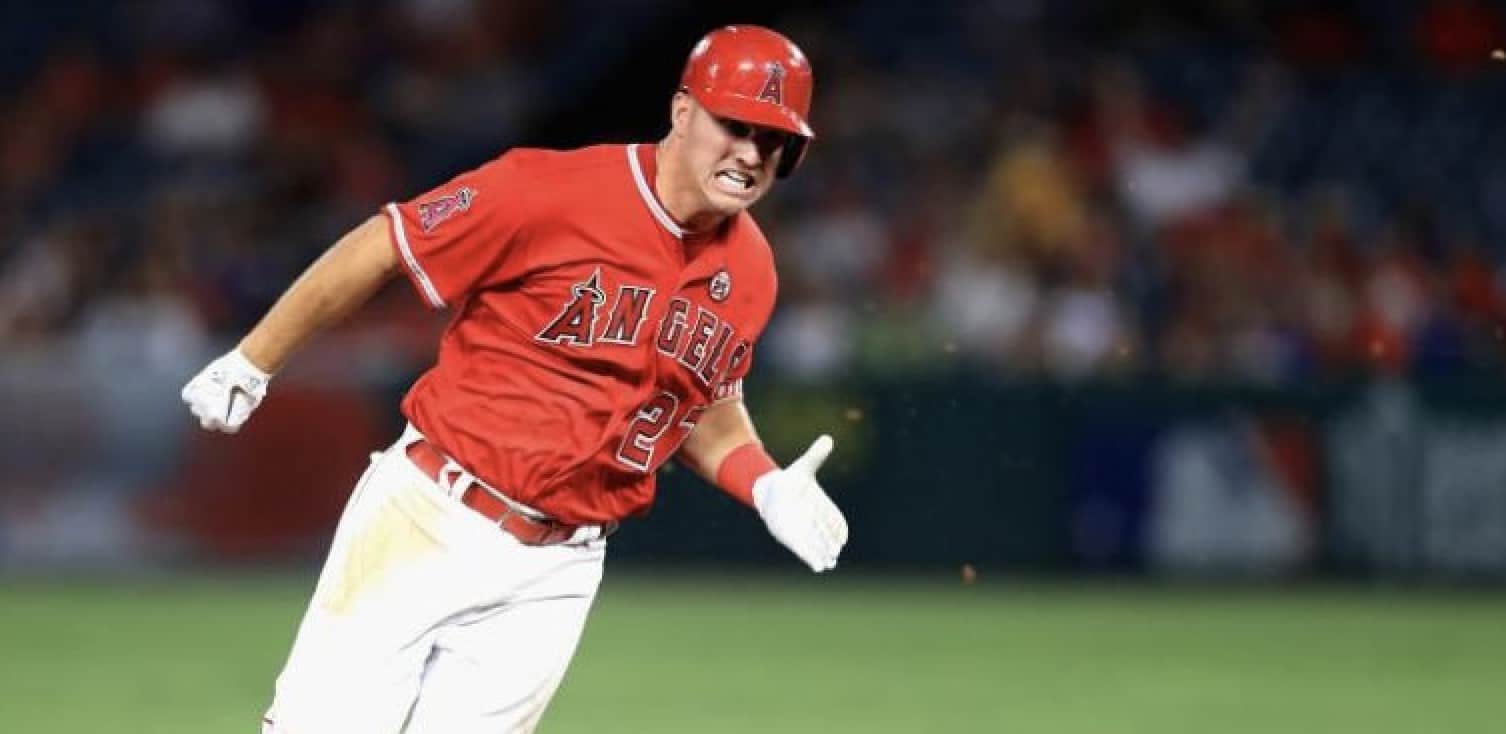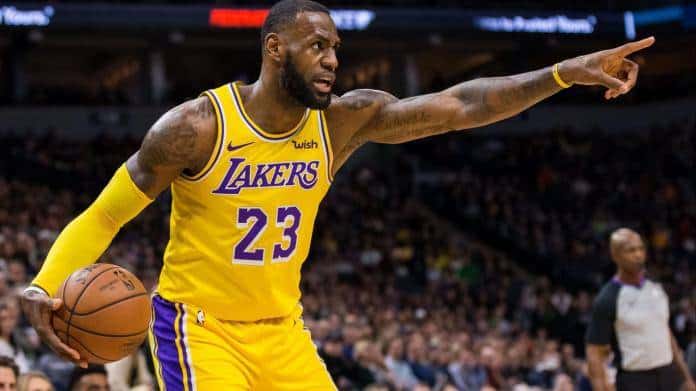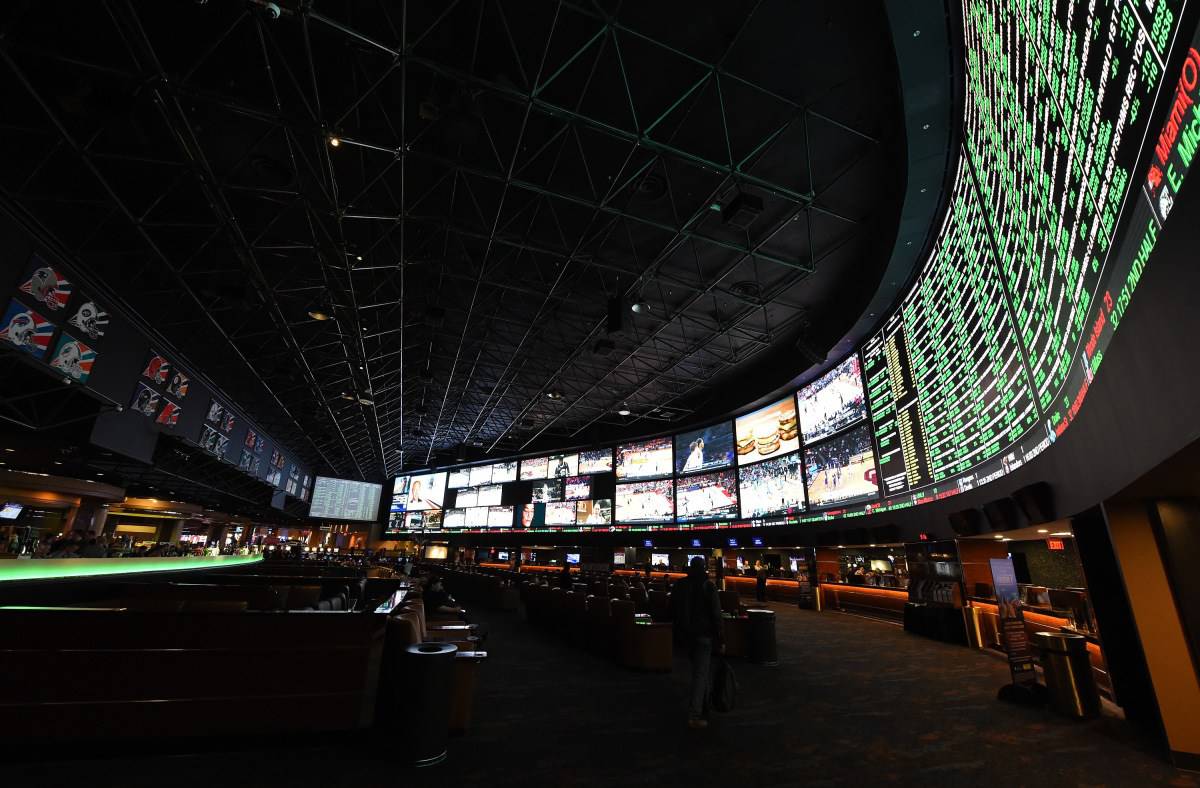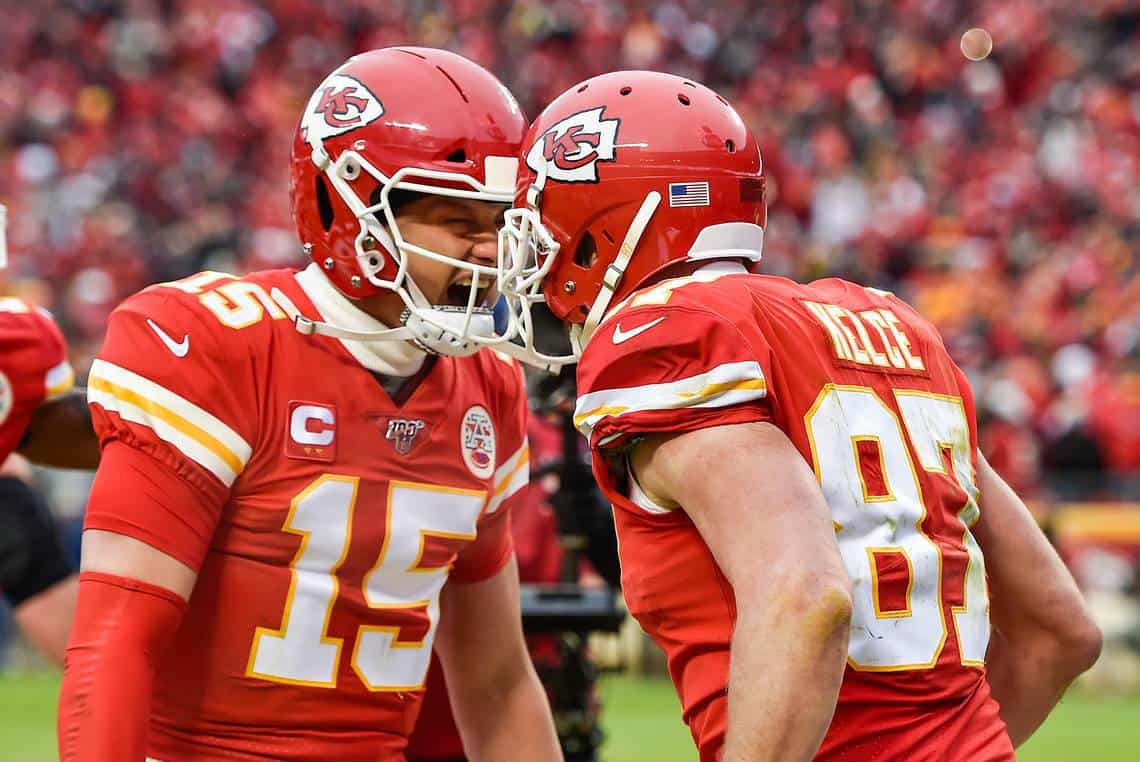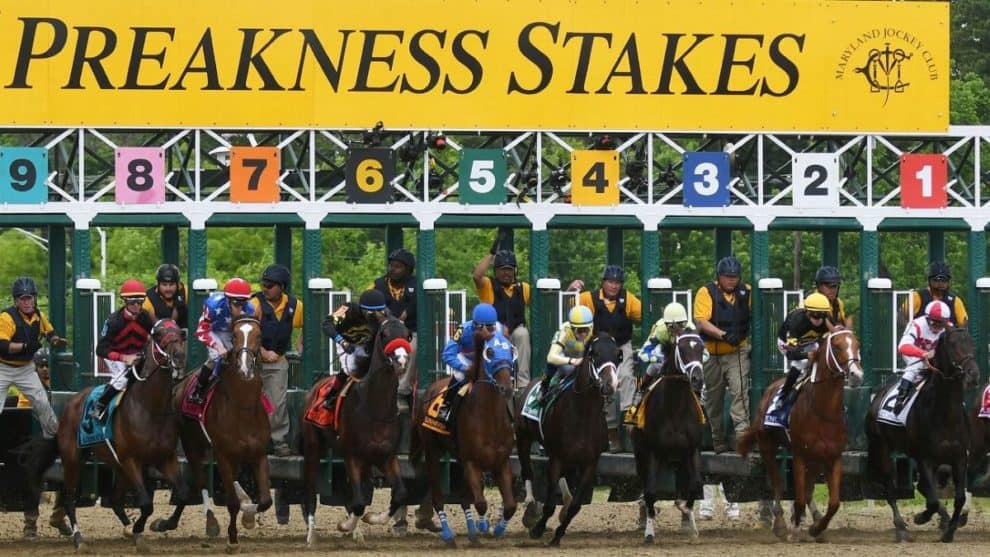
- Kentucky Derby winner Rich Strike will skip the Preakness Stakes on May 21.
- His connections don’t think running him back just two weeks after the Derby isn’t in the horse’s best interest.
- Rich Strike becomes the 11th Kentucky Derby winner to skip the Preakness Stakes.
Earlier today, the connections of Kentucky Derby winner Rich Strike announced that he would skip the Preakness Stakes and target the June 11 Belmont for his next race. For the most part, knowledgeable horse racing enthusiasts (myself included) applauded the decision though there was some grumbling from fans and media.
Most of the complaints have centered on the fact that there will be no Triple Crown winner–or even a challenger–this year. You can understand why Pimlico Race Course and NBC would rather have a ‘live’ Triple Crown contender in the event but otherwise that’s a pretty lame argument. Taking nothing away from Rich Strike’s stunning Kentucky Derby victory to suggest that he was a horse capable of pulling off a Triple Crown just isn’t realistic. Since 1875, there have been thirteen Triple Crown winners: Sir Barton (1919), Gallant Fox (1930), Omaha (1935), War Admiral (1937), Whirlaway (1941), Count Fleet (1943), Assault (1946), Citation (1948), Secretariat (1973), Seattle Slew (1977), Affirmed (1978), American Pharoah (2015), and Justify (2018). Tough to make a case that Rich Strike is in the same class as any horse in that list.
Tradition dictates that the Kentucky Derby winner go on to compete in the Triple Crown despite the brutal two week turnaround between the two races. Only eleven times has the Kentucky Derby winner *not* gone on to run for the Black-Eyed Susans at Pimlico. It has, however, happened in two of the last four years. In 2019, Country House appeared to have finished second to Maximum Security in the Kentucky Derby but was eventually awarded the win via disqualification. That made him the second biggest longshot to win the race (66-1) until Rich Strike (80-1) this year. His connections decided to skip the Preakness after trainer Bill Mott detecting a viral infection. Country House would never race again after developing laminitis which forced his retirement.
In 1996, Grindstone won the Kentucky Derby and was retired five days later after a bone chip was discovered in his knee. He was the first horse since Bubbling Over in 1926 to be retired immediately after winning the Kentucky Derby. He also skipped the Preakness, though it was run before the Kentucky Derby that year. In fact, prior to 1932 it wasn’t uncommon for the Preakness to be run before the Derby. In 1917 and 1932, the Preakness and the Derby were on the same day.
In 1985, Spend a Buck skipped the Preakness to compete for a $2 million bonus at Garden State Park in New Jersey. He would win the race and his $2.6 million in prize money was the largest single purse in US horse racing history at the time. The Preakness, by contrast, paid only $300,000 in 1985. The threat of losing the Kentucky Derby winner to big bonuses like this led to the creation of a bonus for Triple Crown participation which has since been discontinued.
In 1982, Gato Del Sol won the Kentucky Derby as a 21-1 longshot. His connections made a move similar to what Rich Strike’s are doing–skipped the Preakness due to the quick turnaround and a perceived tactical advantage racing in the Belmont. It was the first time in 23 years that the Kentucky Derby winner not continue to the Preakness. Legend has it that Pimlico general manager Chick Lang showed what he thought of Gregson’s decision by sticking a goat in the stall usually reserved for the Derby champion. In 1959, Tomy Lee won the Kentucky Derby but skipped both remaining Triple Crown races. Spend a Buck, Gato Del Sol and Tomy Lee were the only Kentucky Derby winners to skip the Preakness and return to race the same year. Interestingly, five Kentucky Derby winners during the 1950s skipped the Preakness. In addition to Tomy Lee, 1950s Preakness no-shows were Count Turf (1951), Hill Gail (1952), Determine (1954) and Swaps (1955).






